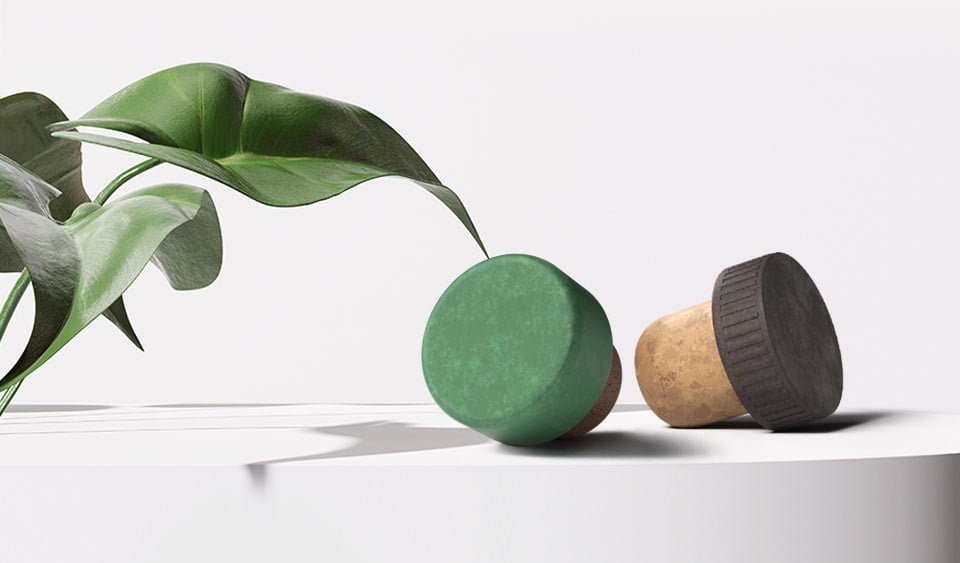Bioplastic is an extremely useful and positive material for human use. However, if we do not want its use to negatively impact the planet, we need to focus more on our habits as consumers than on the essence of the material itself.
At Torrent Group, we would like to highlight our commitment to sustainable production and consumption practices. Within the framework of our sustainability policies, we have decided to contribute to creating awareness about the use of this material; despite the numerous benefits that it offers to humanity, it still suffers from a certain negative image in the social imaginary.
Join Group Torrent in its commitment to a sustainable economy
It is very important that every citizen on this planet knows more about bioplastic, its different versions and what type of management to apply in its consumption.
The effective and lasting change that the Earth demands of us consists of taking care of the environment in the day to day of our lives, and we can achieve this by being aware of what we use and what to do with it once its useful life is over.
At the Torrent Group, we are proud of our social responsibility and circular economy policies, in which we integrate the use of bioplastics as a valuable material that must always be treated in an environmental way. We invite you to join our cause in the responsible use of bioplastic for a healthier planet!
Bioplastic
Today’s lifestyle forces us to rethink how sustainable our consumer practices are. For many years now all over the world, people have been becoming aware of the need to care for the environment through changes in basic daily behaviours.
Because we believe that ignorance about a subject is often the main drawback when trying to improve things, we have decided in this post to report on the characteristics and benefits of three different types of plastics, which are widely used in the modern world and especially in disposable packaging and consumption: bioplastic, biodegradable plastics and compostable plastics.
Join us and find out about each of their manufacturing process and properties.
What is bioplastic?
Let’s start with what bioplastic is. This is a material made from renewable and biodegradable sources, such as proteins, lipids and complex carbohydrates, amongst others.
There are bioplastics that come from renewable sources, but they are not classified as biodegradable, and there are also those that come from fossil sources (such as hydrocarbons) or non-renewable bioplastics that are classified as biodegradable. Now, in all these cases we are talking about plastics.
Are all bioplastics biodegradable?
This question is very common, as is the belief that plastic is polluting per se.
This is the idea that has to be challenged: it is essential that we understand as consumers that what makes a material sustainable depends in part on the product in which the plastic is used and, crucially on the process through which it is removed from its useful life. In other words, all types of plastic must have a recycling, reuse or recovery strategy, so to speak, and must not be irresponsibly dumped in the natural environment.
Different types of bioplastic
The main characteristics that distinguish different types of plastics from each other are both the source (that is, from where they are obtained and processed) and the end of their life cycle (that is, how their exit from the market should be managed: the way in which they are disposed of or decomposed).
Along these lines, we are going to describe the profile of each of these polymers:
Bioplastic
Bioplastic per se, also often called “biobased plastics”, is all plastic that comes from plant products and renewable biological sources. With current technology, bioplastic can be obtained from raw materials such as corn, cellulose, some types of agricultural waste and even from microorganisms such as algae or fungi.
The production of bioplastic consists of a process that takes these organic, green and renewable products and works on their raw material for a while to obtain a type of plastic. One of the main raw materials for the bioplastic industry is sugar cane, from which polyethylene is obtained. In fact, today this material is used extensively and especially in the packaging of fresh products or in many bottles of juices and soft drinks. So, are all bioplastics biodegradable? No, not exactly, which means we have to manage their recycling or reuse like any other normal plastic.
Biodegradable plastic
Biodegradable plastic has the ability to disintegrate in water and when exposed to carbon dioxide. This is possible due to the microorganisms present in these materials, which act on the plastic, causing it to degrade over time. The fact that a plastic is biodegradable does not mean that it has a natural source, but that it may have been manufactured based on a fossil source (such as oil).
Compostable plastic
Once their useful life has come to an end, compostable plastics can be decomposed into organic compost in a similar way to other organic materials without leaving toxic residues. However, this does not mean that they can be disposed of in nature without care or control, since in order to decompose properly they must do so in an environment with a specific temperature and level of humidity. The most recommended method is to process them in specialist composting plants. As with biodegradable plastics, the source of these plastics can be both a renewable raw material and fossil sources.
Compostable plastics in Europe bear the seal of compliance with the UNE-EN 13432 standard. Many everyday objects are usually made of compostable plastic, such as straws, toothbrushes, disposable tableware and cotton buds, amongst others.
